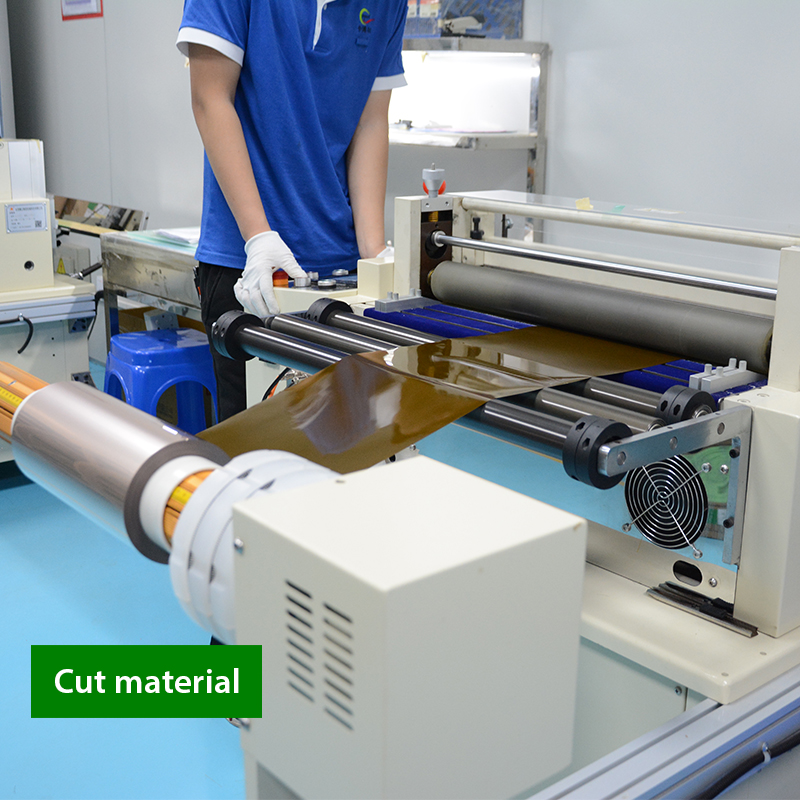Introduce:
Welcome to the official blog of Capel, a well-known company in the circuit board industry with more than 15 years of experience. In this article, we’ll delve into the complex world of rigid-flex PCBs and explore the factors that contribute to their higher pricing. Rigid-flex board is a revolutionary advancement in the field of printed circuit boards, which combines the advantages of rigid boards and flexible boards. Let’s take a closer look at the reasons behind their premium prices and better understand their significance.
1. Design and manufacturing complexity:
Rigid-flex boards have complex design capabilities and flexible and rigid components, and their design and manufacturing are much more complex than traditional PCBs. These boards require complex engineering techniques, such as laser drilling and controlled impedance, to create the complex circuits they support. Increased complexity requires additional time, effort, and resources, resulting in higher manufacturing costs, which naturally translates into higher prices.
2. Professional manufacturing equipment:
Another important factor causing the price increase of rigid-flex boards is the requirement for professional manufacturing equipment and processes. Due to their unique composition, traditional PCB manufacturing techniques are not always suitable for rigid-flex PCBs. Utilize specialized machinery to efficiently create flexibility, rigid components and interconnectivity to enable complex designs and multifunctional applications. There are additional costs associated with using such specialized machinery, so its high pricing is justified.
3. Material composition:
The combination of rigid and flexible materials in rigid-flexible PCBs requires carefully selected materials. These materials, such as polyimide or liquid photoimageable solder mask (LPI), need to withstand a variety of factors, including temperature fluctuations, stress and dynamic movement. Using high-quality, reliable materials to ensure durability and performance inevitably increases overall production costs, resulting in higher prices for rigid-flex boards.
4. Time-consuming prototyping and testing:
Prototyping and testing are critical stages of any circuit board development. However, when it comes to rigid-flex PCBs, these stages become more time-consuming and complex. Due to their multi-layer construction and unique design requirements, rigid-flex boards require thorough testing to ensure performance, reliability and durability. Each layer and connection point must be carefully verified, which increases the overall production cost and thus the price of these boards.
5. Reduce production and restrict suppliers:
Compared with traditional PCBs, rigid-flex boards have relatively low output due to their limited expertise and applicability. Lower production could lead to higher prices as economies of scale have not yet been fully realized. In addition, there are fewer suppliers specializing in the production of rigid-flex boards, which limits market competition. The limited supply chain coupled with high demand has resulted in higher pricing for these motherboards.
6. Add design and engineering support:
Given the complexity of rigid-flex PCBs, customers often require additional design and engineering support from manufacturers during the development process. Since these boards require specific design considerations and manufacturing processes, the involvement of skilled professionals adds to the overall cost. Increased design and engineering support for rigid-flex PCBs is ultimately reflected in their higher prices, ensuring customers receive the expertise they need to achieve optimal performance.
In summary:
In summary, the higher price of rigid-flex PCBs is due to a number of factors, including the complexity of their design and manufacturing, use of specialized equipment, carefully selected materials, time-consuming prototyping and testing, limited production volumes, and additional the cost of. price. Design and engineering support. Rigid-flex boards represent cutting-edge technologies driving innovation across industries, but their high prices are a testament to the complexity required to produce them. As a leader in the circuit board industry, Capel understands these complexities and is committed to providing high-quality rigid-flex boards to meet the ever-changing needs of our customers.
Post time: Nov-06-2023
Back







